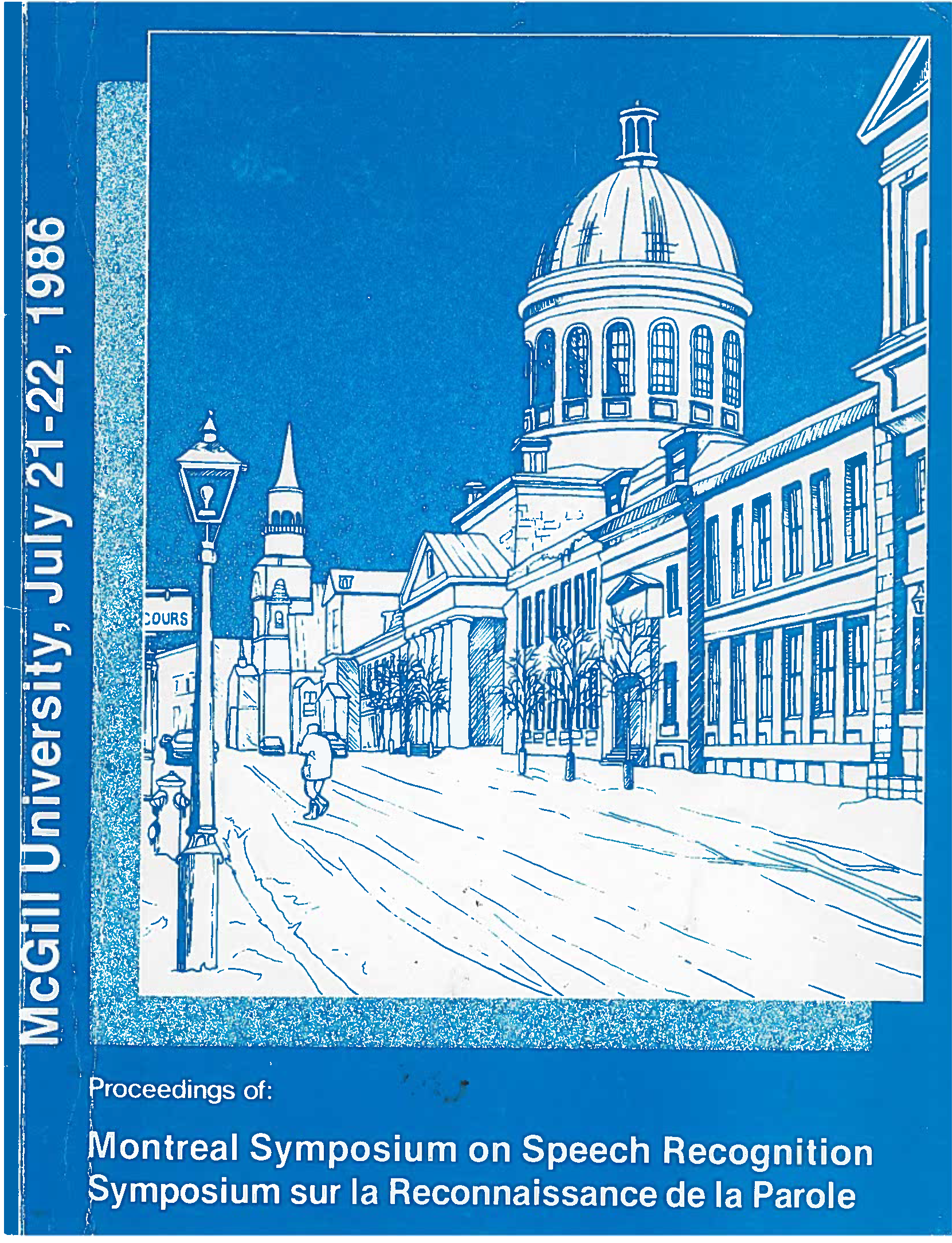Models of Phonetic Recognition II: an Approach to Feature-Based Recognition
Abstract
An approach to speech recognition is proposed in which phonetic features are identified as acoustic properties in the speech signal, and lexical items are accessed directly without explicitly labeling phonetic segments. A possible advantage of such an approach is that a feature representation shows minimal modification as a consequence of the deletions and assimilation phenomena that occur in natural speech. Problems of determining acoustic correlates of features and of representing lexical items in terms of features are discussed. In this paper I would like to argue that there are advantages to be gained by using phonetic features as primary units for identifying words. I hope to show that variability that occurs from speaker to speaker and from context to context can be taken into account in a natural way if features are used for representing utterances and if they form the building blocks for larger units by means of which utterances are identified. Before discussing some of the advantages of features, and the structure of a speech recognition procedure based on features, let me first review some of the basic ideas underlying the concept of features.
Additional Files
Published
How to Cite
Issue
Section
License
Author Licensing Addendum
This Licensing Addendum ("Addendum") is entered into between the undersigned Author(s) and Canadian Acoustics journal published by the Canadian Acoustical Association (hereinafter referred to as the "Publisher"). The Author(s) and the Publisher agree as follows:
-
Retained Rights: The Author(s) retain(s) the following rights:
- The right to reproduce, distribute, and publicly display the Work on the Author's personal website or the website of the Author's institution.
- The right to use the Work in the Author's teaching activities and presentations.
- The right to include the Work in a compilation for the Author's personal use, not for sale.
-
Grant of License: The Author(s) grant(s) to the Publisher a worldwide exclusive license to publish, reproduce, distribute, and display the Work in Canadian Acoustics and any other formats and media deemed appropriate by the Publisher.
-
Attribution: The Publisher agrees to include proper attribution to the Author(s) in all publications and reproductions of the Work.
-
No Conflict: This Addendum is intended to be in harmony with, and not in conflict with, the terms and conditions of the original agreement entered into between the Author(s) and the Publisher.
-
Copyright Clause: Copyright on articles is held by the Author(s). The corresponding Author has the right to grant on behalf of all Authors and does grant on behalf of all Authors, a worldwide exclusive license to the Publisher and its licensees in perpetuity, in all forms, formats, and media (whether known now or created in the future), including but not limited to the rights to publish, reproduce, distribute, display, store, translate, create adaptations, reprints, include within collections, and create summaries, extracts, and/or abstracts of the Contribution.


